The Development of International Law through the Unauthorised Conduct of International Institutions
DOI:
https://doi.org/10.4314/pelj.v18i5.02Keywords:
International law, development of, international criminal tribunals, creation of, humanitarian intervention, by NATO armed forces, ISIS, terrorism, military intervention against, unwillingness or inability of governments to restrainAbstract
The law, including international law, is subject to continuous change. It can be adapted to changing circumstances through formal amendments of or additions to existing norms and practices. It can also be changed through the conduct of international institutions that is not within their legally defined competencies, provided - it will be argued - that the unauthorised conduct (a) is not expressly forbidden by existing rules of international law, and (b) is accepted or condoned by a cross-section of the international community of states. The creation by the Security Council of the United Nations of ad hoc international criminal tribunals, for example, cannot even with a stretch of the imagination be justified on the basis of the powers of the Council stipulated in the UN Charter. However, their creation was applauded by the nations of the world as a feasible and practical way of responding to the atrocities of the early 1990's in the former Yugoslavia and Rwanda. The creation of international criminal tribunals by the Security Council has thus come to be accepted as a new rule of international law. The same reasoning is applied to the newly acquired competence of NATO forces to intervene militarily on humanitarian grounds as exemplified by the NATO bombing campaign of 1999 in Serbia, while not one of the NATO countries was being attacked or under threat of an attack, and the competence of States to attack terrorist groups in a foreign country if the government of that country is either unwilling or unable to prevent the ongoing acts of terror violence.
Downloads
Published
Issue
Section
License
Copyright (c) 2015 JD Van der Vyver

This work is licensed under a Creative Commons Attribution 4.0 International License.



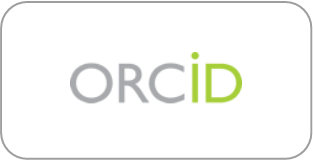



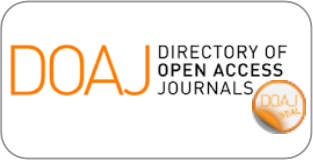
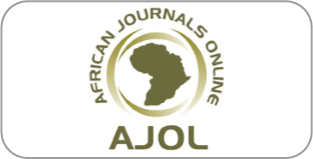






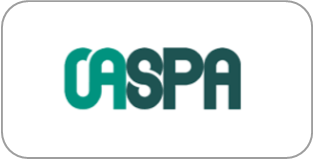
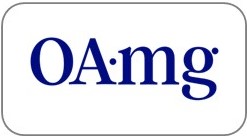

.png)